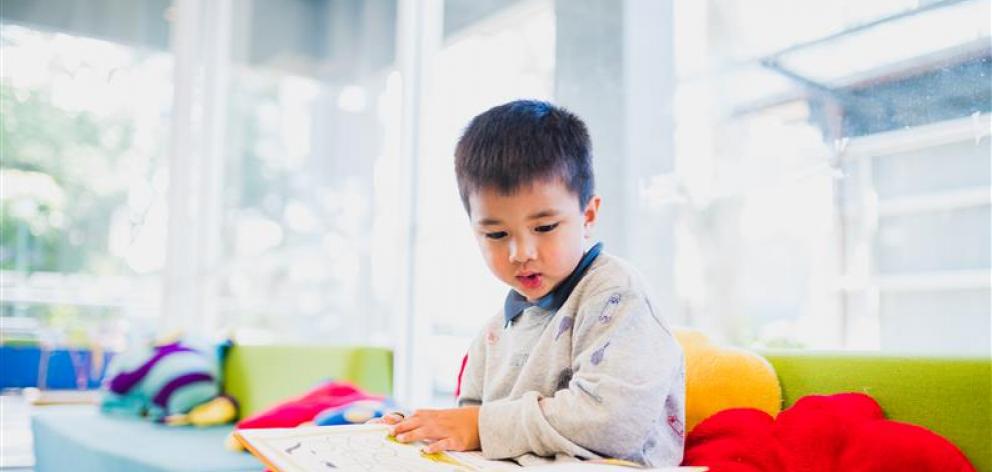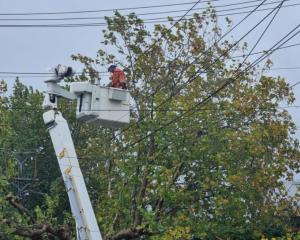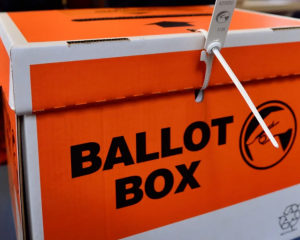
New Zealand children’s reading levels have dropped to their lowest level on record — and this time it is well-off Pakeha pupils who have plunged the most.
The latest Progress in International Reading Literacy Study (Pirls), the first since the creation of National Standards in 2010, shows that New Zealand has slipped 10 places from 22nd out of 41 countries in 2011 to 32nd out of 50 last year.
Australia, Austria, Lithuania, Slovenia and Spain have all overtaken New Zealand, and five new countries with children reading above New Zealand levels have come into the survey for the first time.
Education Minister Chris Hip-kins said the findings showed the previous government’s fixation on National Standards was misplaced and justified them being axed by the incoming coalition.
A teacher warned of a decline in new entrants’ oral language skills and blamed falling reading skills on parents spending too much time on smartphones instead of reading to their children.
The Pirls international median reading level, fixed at an index of 500 when the surveys started in 2001, has increased with each survey to 530 in 2011 and 539 last year.
New Zealand’s score was static in the first three surveys at between 529 and 532, just above the global median. But it has now slipped below the median for the first time, to 523.
And although lower-income, Maori and Pacific children were still reading at levels well below the average for Pakeha children, this year Pakeha reading slid most steeply, down 13 points to an average score of 545.
Maori children’s reading level also fell by 9 points to 479, but the average for Pacific children jumped by 12 points to 485.
Children in the highest socioeconomic group also dropped much more sharply (down 13 points) than children in the middle group (down 3 points) or the poorest group (down 5 points).
A teacher at decile-7 Three Kings School in Auckland, Jane Martin, said there was a noticeable decline in oral language in children starting school at 5.
‘‘Parents are not talking to kids like they used to,’’ she said.
‘‘You have parents sitting in silence on their cellphones, and the children all have phones at a younger age, so they are not so engaged in conversation.
‘‘You have time-poor parents perhaps not reading to their children at night."
The Pirls tests aim to measure children’s reading in the fourth year of schooling, but they also set a minimum age of 9.5, so the 5600 Kiwi children who were tested were in year 5.
Girls scored 21 points better than boys in New Zealand, and 19 points better than boys globally. The decline in New Zealand was almost identical for both sexes.
New Zealand has an unusually wide spread of achievement between its strongest and weakest readers, and historically the best New Zealand children were up with the best in the world.
The Ministry of Education notes that that is no longer true.
‘‘In earlier Pirls cycles, New Zealand was noted to have one of the highest percentages of students who reached the advanced benchmark,’’ it said.
‘‘In Pirls 2016 this changed, and while there is still a notable percentage of children who achieved the high benchmark (41%), the percentage that reached each benchmark has reduced since 2011.’’
The survey found that New Zealand parents are still more likely than the global average to say they ‘‘often’’ read books, tell stories, sing, talk and play word games with their children, and are more likely to have books in the home.
Teachers report that New Zealand children have more access to computers for school reading lessons than in any other country, and the children themselves say they have an above-average sense of ‘‘belonging’’ at school.












